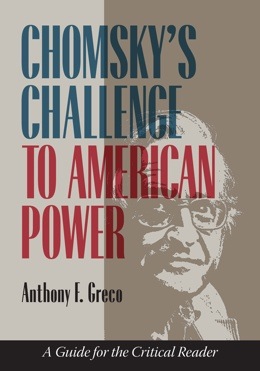The other day a friend remarked with surprise that I hadn’t done a post on the recent events in Ferguson, Missouri. I hadn’t because I mostly limit my blogging to topics on which I feel I have something to say that isn’t being said fairly widely. What is there to say that hasn’t been said about Ferguson? Clearly, we still have problems with race in this country, and the attitudes and practices of the police are often part of those problems.
I have no special insights into the circumstances of Michael Brown‘s shooting. The unrest that followed reflected the entirely reasonable suspicion that Brown would still be alive had he been white; also, the equally reasonable suspicion that, without a public outcry, the officer involved would have been quickly absolved of culpability. My first reaction to Ferguson was that it was a depressingly familiar scene: have we made so little progress in the 50 years since the passage of civil rights legislation that formally ended Jim Crow?
But I think it’s worth comparing the reaction to the Brown killing and the reaction in New York City to the police killing of Eric Garner. The facts of the Garner killing are much clearer than those of the Brown case. We’ve seen the videotape of New York police applying an illegal chokehold to a non-threatening Garner, who repeatedly cried, “I can’t breathe.” And yet the protests in New York have been restrained compared to those in Ferguson. There’s been contention, but no outbreak of violence in New York by either protesters or police. I think that reflects a significant difference—besides the obvious differences—between New York and Ferguson.
In New York, the African American community by and large can see itself as part of the system—perhaps not yet as fully equal participants, but basically inside the system, with some decent chances of successfully pressing their grievances. The African-American community of Ferguson, on the other hand, is outside the system—it faces a city government (and police force) dominated completely by whites.
The anomaly of white rule of a mostly black city undoubtedly reflects the unusually rapid demographic change Ferguson has undergone in recent decades. In 1990, Ferguson was about three-quarters white. By 2010, it was two-thirds black. Municipalities seldom change that much that fast. It’s natural for changes in the political power structure of a community to lag behind demographic change; it takes time for newly arriving groups to develop the organization and leadership necessary to assert a political role commensurate with their numbers. Until that happens, and given our country’s history of racism, inadequate political representation is very likely going to be reflected in disparate treatment. Disparate treatment in turn produces the anger that can break into rage over an incident like Brown.
So, I would like to think that Ferguson is something of an outlier, that it doesn’t represent the state of race relations in 21st century USA. I think that New York is somewhat more typical. We have after all made some real progress (not enough, but some) in the last 50 years.




Have a comment?